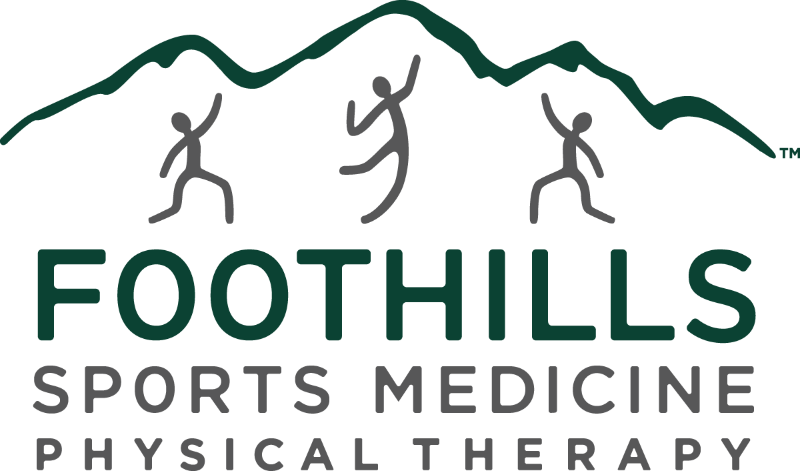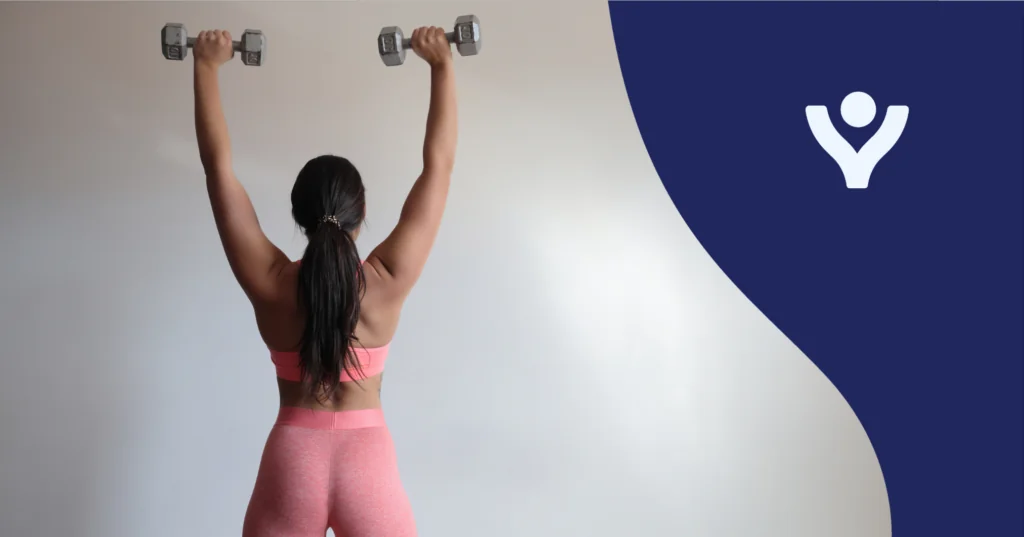Phoenix physical therapy provider Kristy Colt, PT, MSPT, ATC, from our Old Town Scottsdale location has a few tips and exercises to relieve pregnancy pain and post-partum discomfort. Back, pelvis, arm, neck and foot pain are common in pregnancy. Weight gain, hormonal changes, postural changes, and abdominal weakness are often to blame. Physical therapy can combat many pregnancy related symptoms with customized prenatal programs to address posture, body mechanics, flexibility, and core and pelvic floor weakness.
Exercises are often performed in side-lying, sitting, or standing positions that are all within a patient’s physician’s recommendations. Many physicians do not recommend exercising on one’s back (supine) after the first trimester. The cervical spine and shoulders may be painful from being forced into a forward position with increased anterior weight forces. So instead, exercises such as rows, lat pull downs, theraband exercises, and pec stretching are often prescribed for posture. The pelvis adapts into an anterior pelvic tilt position, which often results in low back and hip pain. In sitting, standing, and side-lying positions, physical therapists can instruct in piriformis stretching, hip flexor stretching, glut, abductor and adductor strengthening, and pelvic floor exercises.
Physical therapists also use a variety of “hands on” soft tissue and stretching techniques to assist with pain, tightness, and dysfunction. When abdominals lengthen from a growing baby, they weaken and often create surrounding muscle tissue tightness.
A post-partum rehabilitation program can also be designed by a physical therapist to recondition both core and pelvic floor. Often feeding and holding a new born baby contributes to poor postural positioning. Repetitive stress such as holding a baby on one hip, or poor body mechanics when taking a baby seat in or out of the car often contribute to pain. After nine months of altering body positions and adaptive changes, often the post-partum phase can be even tougher on a women’s body as they normalize their activities. During breast feeding, a woman continues to have laxity within her system requiring her to need more stability for injury prevention. Pregnancy related incontinence can also be improved with specific therapeutic exercises.
Get in touch with one of our Phoenix physical therapy experts today! The therapists at Foothills Sports Medicine Physical Therapy have all the answers to your questions about pregnancy, post-partum and more. For the latest in physical therapy news take a look at our blog!
Image: TipsTimesAdmin
Phoenix Physical Therapy: Pregnancy Exercises




